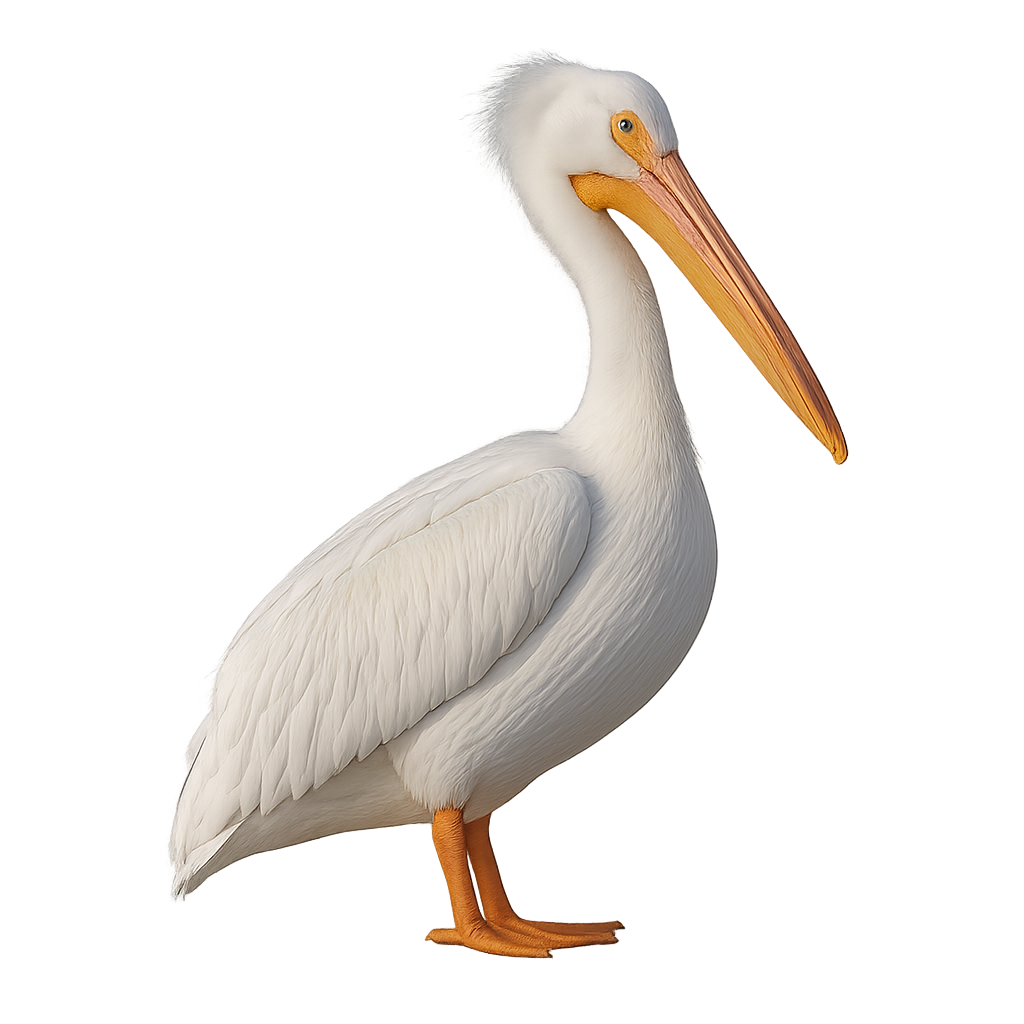Your wildlife photography guide.
Explore the american white pelican in detail, study its behavior, prepare your shots.
Where to observe and photograph the american white pelican in the wild
Learn where and when to spot the american white pelican in the wild, how to identify the species based on distinctive features, and what natural environments it inhabits. The WildlifePhotographer app offers tailored photography tips that reflect the american white pelican’s behavior, helping you capture better wildlife images. Explore the full species profile for key information including description, habitat, active periods, and approach techniques.
American White Pelican
Scientific name: Pelecanus erythrorhynchos

IUCN Status: Least Concern
Family: PELECANIDAE
Group: Birds
Sensitivity to human approach: Suspicious
Minimum approach distance: 20 m
Courtship display: April to June
Incubation: 29-36 jours
Hatchings: May to July
Habitat:
Lakes, rivers, wetlands
Activity period :
Primarily active during the day, with peak activity in the morning and late afternoon.
Identification and description:
The American White Pelican, or Pelecanus erythrorhynchos, is a large aquatic bird known for its striking white plumage and bright orange bill. It is primarily found in North America, frequenting lakes, rivers, and wetlands. In flight, its black wings contrast with its white body, creating a majestic silhouette. This gregarious bird feeds mainly on fish, which it captures using its bill's expandable pouch. During the breeding season, it forms colonies on isolated islands. Although its conservation status is currently "least concern," it is sensitive to human disturbances and water pollution.
Recommended lens:
400 mm – adjust based on distance, desired framing (portrait or habitat), and approach conditions.
Photography tips:
To photograph the American White Pelican, it is advisable to use a telephoto lens of at least 400mm to capture detailed images from a distance. Choose a time of day when the light is soft, such as early morning or late afternoon, to avoid harsh shadows. Wetlands or lakes where these birds gather offer good opportunities for shots of them flying or fishing. Be patient and discreet to avoid disturbing them, and use a tripod to stabilize your camera.
The WildlifePhotographer App is coming soon!
Be the first to explore the best nature spots, track rutting seasons, log your observations, and observe more wildlife.
Already 1 439 wildlife lovers subscribed worldwide

